Article 22 of the 2008 Road Traffic Law stipulates the priority rights of certain types of vehicles as follows:
Right of way of certain vehicles
1. The following vehicles have the right of way over other vehicles when crossing an intersection from any direction in the following order:
a) Fire trucks on duty;
b) Military vehicles, police vehicles on emergency missions, convoys with police escort;
c) Ambulance on emergency duty;
d) Dike protection vehicles, vehicles on duty to deal with natural disasters, epidemics or vehicles on duty in emergency situations as prescribed by law;
d) Funeral procession.
2. Vehicles specified in points a, b, c and d, Clause 1 of this Article, when on duty, must have horn, flag and light signals as prescribed; are not subject to speed restrictions; are allowed to enter the opposite direction, other roads that are passable, even when there is a red light signal and must only follow the instructions of the traffic controller.
Thus, ambulances performing emergency duties will not be subject to speed limits and will not be fined for speeding. However, ambulances that are not performing emergency duties and exceed the speed limit will still be fined.
Note: When an ambulance is on duty, it must have siren, flag, and light signals according to regulations.
Is it illegal to run a red light to give way to an ambulance?
According to Clause 1, Article 22 of the 2008 Road Traffic Law, an ambulance performing emergency duties is one of five types of vehicles that have priority when participating in traffic.
Clause 3 of this Article also stipulates that when there is a signal from a priority vehicle on the route, traffic participants must quickly reduce speed, avoid or stop close to the right curb to give way, and must not obstruct the priority vehicle.
Clause 1, Article 11 of the Law on Handling of Administrative Violations 2012 (amended and supplemented in 2020) stipulates that in cases where an administrative violation is committed in an urgent situation, no administrative penalty will be imposed (an urgent situation is a situation in which an individual or organization, in order to avoid a real risk that threatens the interests of the State, of the organization, or of their legitimate rights and interests or of others, has no other choice but to cause a damage smaller than the damage that needs to be prevented).
In addition, Point d, Clause 1, Article 3 of the Law on Handling of Administrative Violations 2012 (amended and supplemented in 2020) also stipulates that individuals and organizations sanctioned for administrative violations have the right to prove, by themselves or through legal representatives, that they have not committed an administrative violation.
Thus, based on the above regulations, in a situation where it is mandatory to run a red light to give way to an ambulance, the driver who violates the act of "not obeying traffic light signals" will not be subject to administrative sanctions.
However, the driver of the violating vehicle or the legal representative of that driver must prove that the failure to comply with the traffic light signal was in an emergency to give way to an ambulance on duty to rescue a patient and the process of giving way must ensure the safety of vehicles on the road.
Minh Hoa (t/h)
Source: https://www.nguoiduatin.vn/xe-cuu-thuong-co-duoc-di-qua-toc-do-a664211.html


![[Photo] Unique Phu Gia horse hat weaving craft](https://vphoto.vietnam.vn/thumb/1200x675/vietnam/resource/IMAGE/2025/10/10/1760084018320_ndo_br_01-jpg.webp)



![[Photo] Ho Chi Minh City is brilliant with flags and flowers on the eve of the 1st Party Congress, term 2025-2030](https://vphoto.vietnam.vn/thumb/1200x675/vietnam/resource/IMAGE/2025/10/10/1760102923219_ndo_br_thiet-ke-chua-co-ten-43-png.webp)
![[Photo] Opening of the World Cultural Festival in Hanoi](https://vphoto.vietnam.vn/thumb/1200x675/vietnam/resource/IMAGE/2025/10/10/1760113426728_ndo_br_lehoi-khaimac-jpg.webp)


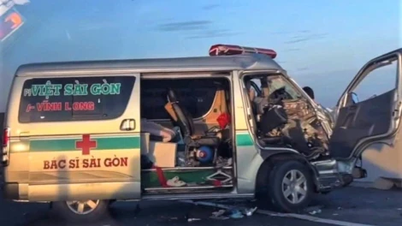



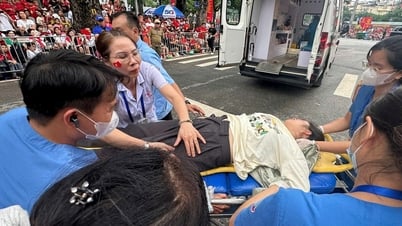
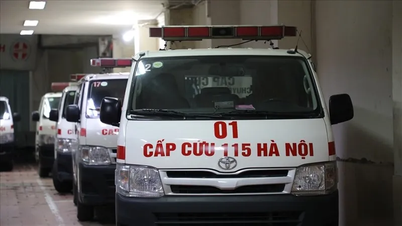


















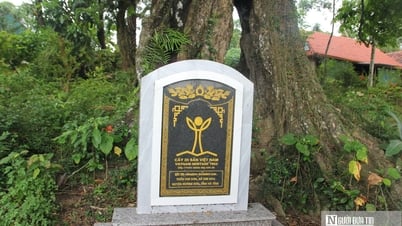



































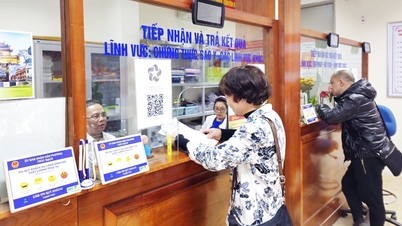





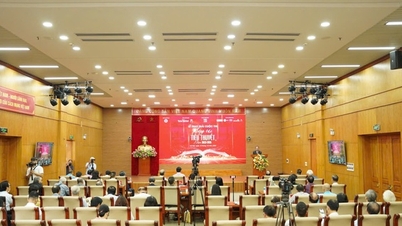
























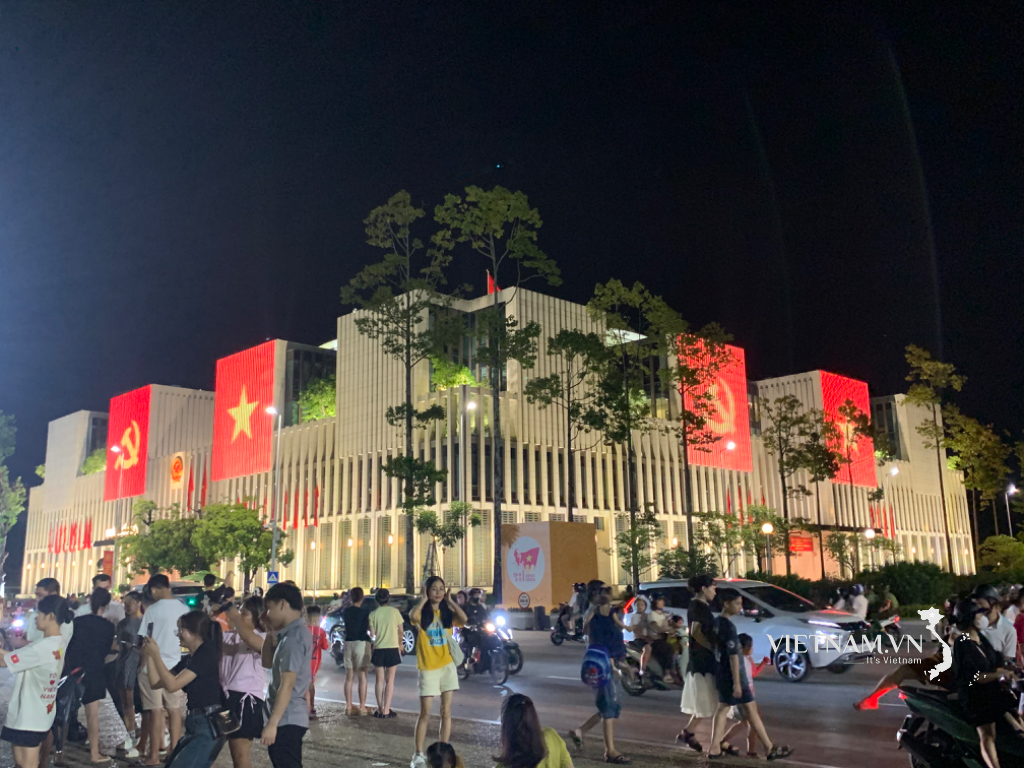



Comment (0)